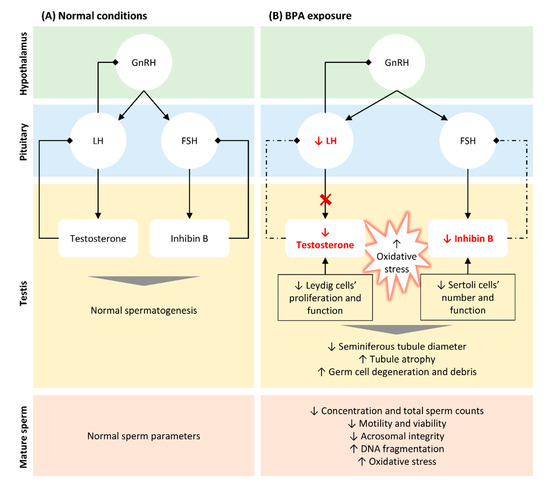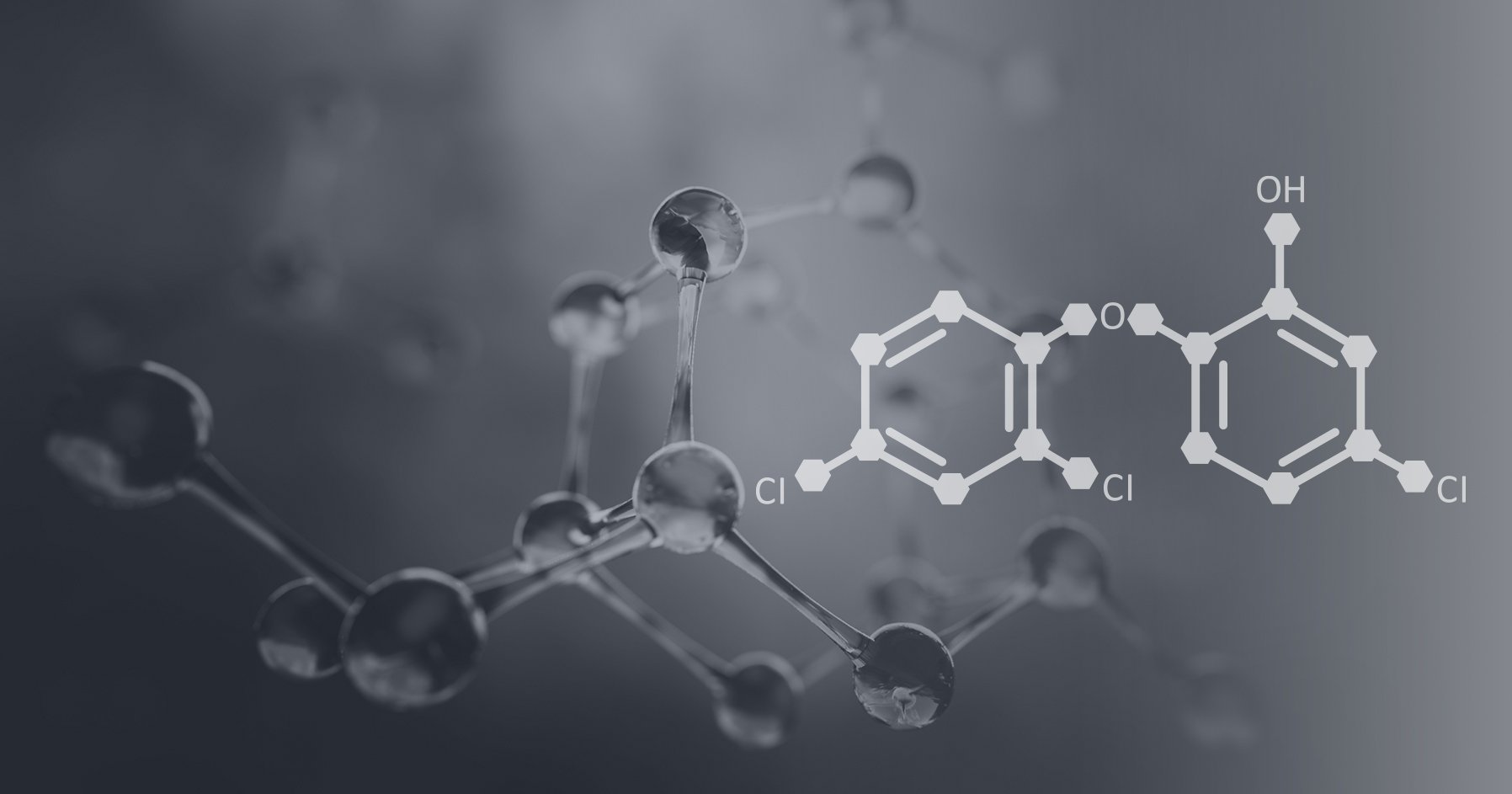CoastWatcher
Moderator
Adolescents who created real-world diets attempting to avoid exposure to bisphenol A, or BPA, for 7 days experienced no change in urinary BPA levels and reported difficulty in avoiding the endocrine-disrupting chemical, according to findings published in BMJ Open.
- “Based on our evidence, it is extremely difficult to reduce one’s own exposure to BPA by actively trying to avoid known sources,” Lorna Harries, PhD, associate professor in molecular genetics at the College of Life and Environmental Sciences at the University of Exeter, United Kingdom, told Endocrine Today. “Our study indicates that the control over exposure to BPA currently does not lie with the consumer. At present, the ubiquitous nature of BPA in our environment and inadequacies in current labeling practices mean that it is very difficult to identify BPA-free foods.”
- Harris and colleagues analyzed data from 94 adolescents aged 17-19 recruited from six schools in Exeter, England. Working with the researchers, the students designed real-world diets aimed at reducing consumption of BPA. Students designed all materials, including study protocols, food diaries, lifestyle questionnaires and were asked to record daily diet details and associated packaging for seven days. BPA results were expressed as BPA-to-creatinine ratio.
- Within the cohort, 86% of participants had at least trace amounts of urinary BPA.
- “Participants were unable to achieve a reduction in their urinary BPA over the 7-day trial period, despite good compliance to supplied guidelines,” the researchers wrote. “Avoidance of BPA was not easily achieved on an individual level in our study population, with qualitative analysis indicating that participants experienced feelings of restriction and difficulties in sourcing BPA-free food due to inadequate labeling of foods and food packaging. This suggests that the intervention would be difficult to sustain in the longer term.”














